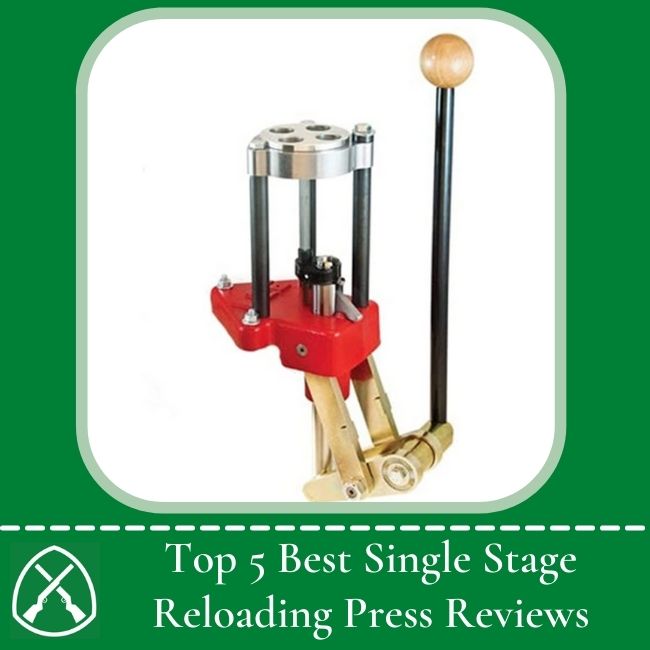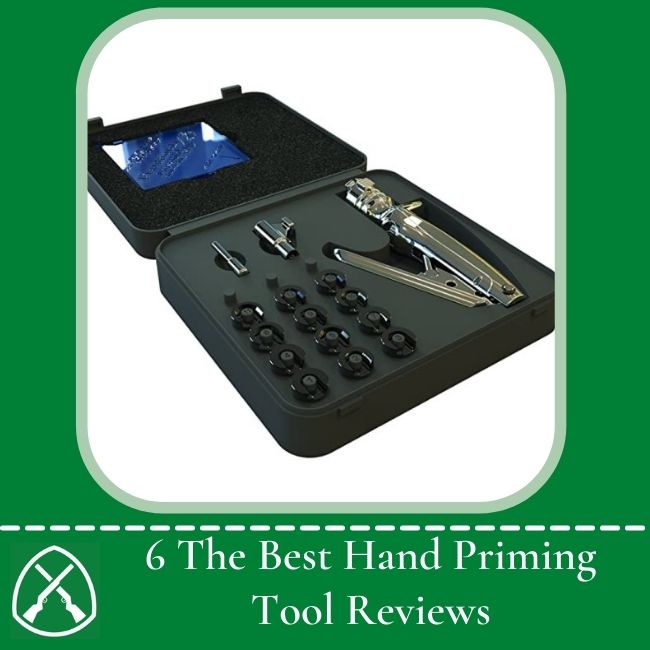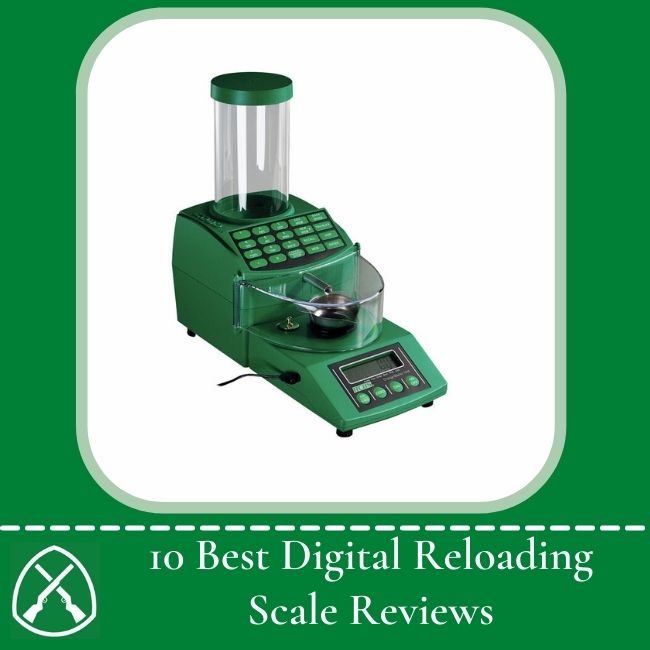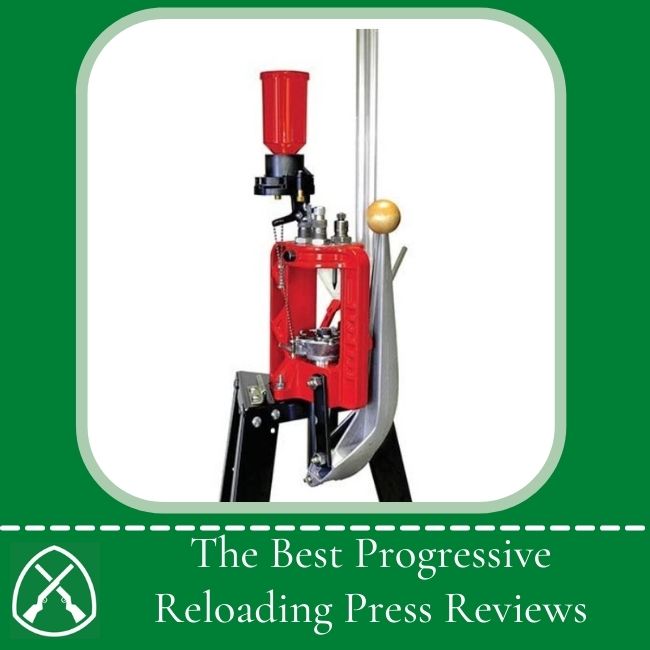If you, your family, or your friends have firearms, safety must always be considered first. There are 12 Rules of Firearm Safety and the first four are the most important ones.
12 rules of Firearms Safety
So, our top 12 rules of firearms safety:

1. Always keep the muzzle pointed in a safe direction
Don’t point your gun at anything that you don’t intend to shoot. This is especially important in the process of loading and unloading your firearm. If there is an accidental discharge, nobody will get injured as long as the muzzle is pointed in an appropriate direction.
A safe direction refers to an area where the bullet is not likely to hit any person, taking into consideration the possibility of ricochets, as well as the fact that bullets are able to penetrate ceilings and walls.
The safest direction can be “up” in some cases or “down” in others, but never point at any person or anything you do not intend to use as an object.
2. Firearms should be unloaded when not actually in use
If not in use, firearms and ammunition must be separately kept in a secure location. A loaded gun must not be kept in or near the vehicle, in a building, or anywhere else where somebody can use it without your control.
If you take the firearm or intend to pass it over to someone else, immediately check the chamber, receiver, and magazine to make sure that they are not filled with ammunition.
As the saying goes, better to be safe than sorry. Don’t make any assumptions – make sure you verify it! This is considered a sign of an experienced gun owner!
When in doubt, unload your gun!
Don’t walk across the fence, climb trees or engage in any unnatural action while using loaded guns. Do not pull or push the loaded firearm towards yourself or someone else.
3. Don’t rely on your gun’s safety
The safety of any gun is a mechanical part of the equipment that may accidentally fail at any moment, the same as with any other device. The gun’s safety can be used complementary to other safety rules of gun usage but never as an alternative to common sense.
Don’t touch the trigger on a firearm until you plan to shoot. Be sure to keep your fingers clear of the trigger when taking out or loading. Do not pull the trigger on a firearm while the safety is in ‘Safe’ position, or anywhere between ‘Safe’ and ‘Fire’.
Don’t place the safety in between two positions, as half-safe is still dangerous. Make sure the safety is “on” until you are completely ready to fire.
The only way to be certain that your gun will not fire is when the action is fully open and the gun is empty. Remember that you should never trust the safety of your gun.
4. Be sure of your target and what’s beyond it
You have very little control over the spot where the bullet will hit. But you have to make sure that you know where your shot is likely to hit. Be sure the bullet will not harm anyone or anything that is not your target. You cannot shoot only for movement or sound.
It is important to know that even a 22-inch bullet can travel more than 1 1/4 miles, while a high-speed cartridge, like 30-06, may go more than three miles. The shotgun’s pellets travel up to 500 yards and shotgun slugs travel for a distance of up to a half-mile.
You must consider the distance a bullet can travel if it fails to hit the target you intended to hit or bounces in a different direction.
5. Use correct ammunition
Be aware of all warnings mentioned in the gun’s manual as well as on the ammunition boxes. Just one cartridge with the wrong caliber or gauge can destroy your gun.
Develop a habit of looking over each cartridge you insert in your firearm. Thus, you`ll avoid possible damage to your firearm and severe injuries to yourself.
Don’t use reloads that are not properly made or ammunition made with unknown components. Ammunition that is very wet or used to be submerged in water must be destroyed in the right way. Avoid spraying oils or solvents onto ammunition or put them in excessively lubricated guns.
Insufficient ignition, poor performance or damage to your firearm, or injury to you or others, can result from the use of poor ammunition.
6. If your gun does not fire when the trigger is pulled, handle it with care!
The cartridges may not fire when pulled. Be sure to keep the pistol at a safe distance. Make sure your face is not touching the rifle breech. Then you must carefully open the bolt, remove the firearm and safely remove the cartridge.
If the chamber is ready to fire but it didn’t fire, it can go off at any time (!), So you should always stick to rule # 1 and watch the direction carefully!
Do not clean ammunition or operate firearms in poorly ventilated areas. Lead and other chemicals can cause birth defects, reproductive harm, and other serious physical injuries. Wash your hands after shooting.
7. Always wear eye and ear protection when shooting
Shooting noises can damage vision and hearing, so the proper protection of your eyes and ears is crucial. Keeping your ears and eyes secured can make shooting more enjoyable and increase your enjoyment from the gun shooting sport.
Shooting glasses protect against the falling shot, twigs, and twigs clay target chips, as well as the possibility of a ruptured case or malfunctioning firearm.
Eye protection while cleaning or disassembling guns will help to prevent springs and spring tension components, solvents, and agents from touching your eyes.
8. Make sure barrel is clear of obstructions before shooting
Before loading your gun, make sure that there is no ammunition or other obstructions inside the magazine or chamber. Be sure to clean your bore by using a cleaning rod.
Even a tiny amount of snow, mud, excess grease or lubricating oils within the bore could cause excessive pressure. As a result, the barrel may expand or even explode when firing, causing injury to the shooter and people around.
Injecting a less caliber or gauge cartridge inside the barrel of a shotgun could cause the smaller cartridge to drop into the barrel to create a bore obstruction when a cartridge with the proper dimension is shot.
If the recoil or noise when firing is uneven or does not seem ‘right’, stop firing immediately. Make sure you check that there is no obstruction or projectile stuck inside the barrel.
9. Don`t modify your gun
Guns are complex mechanisms that have been created by experts to function effectively in their original configuration. Any modification or alteration can make the gun unsafe and could void the manufacturer’s warranties.
Be careful not to compromise your own security or the safety of other people by altering or modifying the trigger, safety, or any other mechanism on your firearm. Do not let unqualified people fix or modify your firearm.
The result of a modification usually is a damaged firearm!
The gun will not last forever and is susceptible to wear and tear. Therefore, it needs regular check-ups, adjustment, and maintenance. Contact the manufacturer of the firearm to find an approved service.
10. Learn the mechanical and handling characteristics of the firearm you are using
The way of handling and carrying firearms differs depending on the specific mechanical characteristics of each gun.
You should understand the specifics of your own firearm, and know the safe handling guidelines regarding loading and unloading, and handling that gun.
For instance, many handgun makers advise that their handguns be transported with hammers in the empty gun chamber. This is especially the case for older single-action revolvers however, it is also applicable to semiautomatic and double-action revolvers.
Always study and refer to the manual that comes with your firearm. If you’ve lost the manual, call the manufacturer to request another copy.
11. Treat every gun as if they are always loaded
A person who checks and demonstrates a gun before handling it is considered an experienced and responsible shooter. Be sure to handle each oncoming firearm as if it were loaded. Don’t assume that someone gave you an unloaded gun.
Make sure you look at the gun yourself before proceeding. Don’t take possession of an object that doesn’t belong to you, thinking that you can play with it to figure it out. Seeking help and demonstrating the correct and safe use of a weapon is never a mistake.
12. Don’t mix guns with alcohol and drugs
Drugs and alcohol can adversely influence judgment and physical coordination. Alcohol, as well as any other substance that could affect normal physical or mental functioning, shouldn’t be consumed prior to or when handling firearms.
Avoid handling or firing your gun when you are taking medicines that induce drowsiness, or have an instruction to avoid operating machinery while you are taking this drug.
Additional safety points
The 12 safety guidelines are the basic rules of gun security. But, there are more security points that shouldn’t be neglected.
Guns and children: firearm owner responsibilities

Summary of Safe Storage Laws Regarding Children
You could be charged with an offense that is a misdemeanor or a crime of criminal offense.
Store your firearm inside a secured container or secure the gun with a locking device that temporarily stops it from working.
You Shouldn’t Be Too Cautious Around Children And Guns
Don’t assume that because a toddler might not have fingers strength, they won’t be able to pull the trigger. The thumb of a child is twice the strength of other fingers.
When a toddler’s finger pushes a trigger and the gun’s barrel is always pointed at the child. The gun is pointed directly at the child’s eyes.
Safety precautions for children are still in place even if you don’t have children or even if your children have grown up and left your home. A niece, nephew or neighbor’s child, or even a grandchild could visit you.
It is important to keep any guns unloaded, secure them using a firearms security device, and keep them in a secure container. The ammunition should be kept in a secure location separate from the firearm.
Talking to Children About Guns
Children naturally are interested in things they don’t know or believe are forbidden. When your child has questions or starts playing “gunplay,” you might want to address your child’s question with open and truthful answering.
This can eliminate the mystery and diminish the curiosity that children have. It is also important not to forget to communicate with children in a way that they can understand you.
Unconventional actions can totally overturn good guidelines. The “Do as I say and not as I do” approach to gun safety is reckless and risky.
Keep actions speaking louder than words. Children learn the most from watching the adults in their lives. When you practice safe behavior, you are also teaching your kids to behave in a safe manner.
Instill a Mind Set of Safety and Responsibility
The American Academy of Pediatrics reports that puberty is an extremely fragile stage for teenagers who struggle to establish characteristics of self-confidence, identity, and independence. So, teenagers, as well as kids, may not be adequately protected with cautionary advice.
Safety and Storage Devices
If you are considering keeping a firearm in your home, you should carefully think about the safe storage of your firearm. See the current list of firearms safety devices and the gun safe standards approved by DOJ.
There are many security and storage gadgets that are currently available in the market at a variety of costs. To ensure the safety of your firearm, always lock the storage container and the firearm safety device, and store your firearm unloaded.
Trigger locks are usually two-piece units that sit around the trigger as well as trigger guards to block entry to the trigger. One end has an entry point that is inserted into a slot on the other. They are secured with the use of a combination lock or key mechanism.
Cable locks usually are secured by looping a tough steel cable around the firing mechanism to stop the firearm’s operation and to prevent accidental firing.
Small lockboxes and big gun safes comprise among the most popular kinds of storage containers for locking. Both lockboxes and gun safes stop any accidental removal and handling of a gun.
Lockboxes are usually made of high-quality durable metal and can be locked with a combination or a key lock. Gun safes can be quite heavy, generally carrying at least 50 pounds. While gun safes are expensive, they are generally more secure and reliable.
Remember that safety and storage devices are secure as long as you guard the key or the lock combination.
Gun safety rules for Kids
The child may discover firearms when an adult isn’t around. If this happens the child must be aware of the safety rules and be taught how to adhere to these rules.

Stop
The primary rule for children, when they find or see a gun, is to stop whatever they are doing.
Don’t Touch
Another rule is not touching the gun that they find or see. Children may believe that the most appropriate thing to do when they find an object of interest is to pick it up and hand that gun back into the hands of an adult. Children must be aware that they should never touch a firearm that he/she might observe.
Leave the Area
The third rule: you must go out of space. This includes not taking the firearm away from the child or trying to stop someone else from using the firearm.
Tell an Adult
The final rule for children is to inform someone else about the firearm that he/she has observed. This is especially true when children are without adults.
It is important to note that while there is no best recommendation for adolescents or children accidentally exposed to firearms at this time, the report from the California Branch of the American College of Emergency Physicians contains the following warning:
These warnings alone are not enough to prevent accidents among children and adolescents.
What About Guns in the Homes of Family and Friends?
If your child plans to go to a friend’s home it’s crucial to know whether guns are present within the house. It may be embarrassing to ask this, but many people recognize the need to protect their children.
You might try to ask some questions:
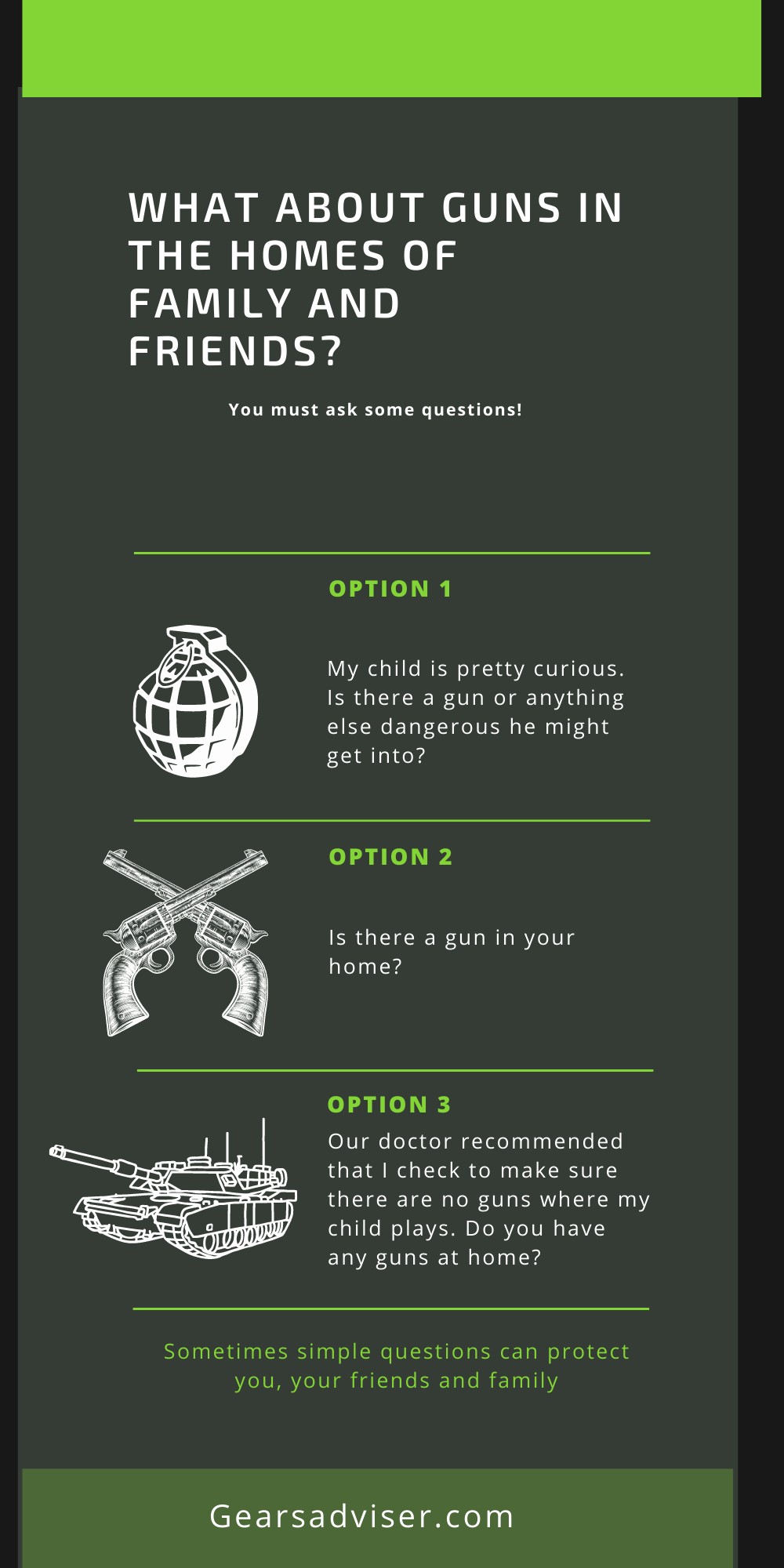
It is best for your kid to stay away from places where there are guns. If you allow your child to go to the house with firearms, ensure that:
And if we’re talking about your home, choosing storage space can add another aspect of security as well. Be careful when choosing where to store firearms in your home, especially when children are around.
Conclusion
You can contribute to fulfilling this obligation by taking shooter or hunter safety courses. It is important to emphasize the safety of handling firearms, especially for children and those who do not shoot.
If you see someone who does not follow any safety rules, you should demand safe handling methods such as those described in this article.
Be sure to follow the safety instructions outlined here, learn responsible shooting skills, and remember that the safety of your firearms is entirely up to you.
FAQ
How to recognize depression?
Suicide is more common in conditions like depression, anxiety, and substance abuse. Nearly two-thirds (33%) of gun deaths in America are due to suicide. Many people who commit suicide use guns they have at home or from family members and friends. Guns that are not loaded, locked, and ammunition stored in separate locations can often prevent suicide.
What about firearm storage in homes with Alzheimer’s or Dementia patients?
Memory loss and Alzheimer’s disease can lead to dementia and other forms of dementia. A third of dementia patients exhibit aggressive behavior during their illness. Family members and caregivers could be at risk if they have access to guns. Families should ensure that firearms are safely stored in their homes. Additional recommendations from the Alzheimer’s Association.
What are gun owners’ responsibilities?
Gun owners are responsible for ensuring that guns are safe. Gun storage should be managed so guns are not accessible to anyone, particularly children.
How can I talk to my child about guns?
Although there is no age limit for talking to your child about guns, it is a good idea to start when they are showing interest in firearms. You might get the interest from friends, family, toy guns, or even from television. It’s better to talk openly about gun safety than telling someone “Don’t touch it” and then leaving it at that.
How often should I teach my child about gun safety?
Children will not remember safety procedures if there is no time limit. However, repetition can help them recall the rules.



